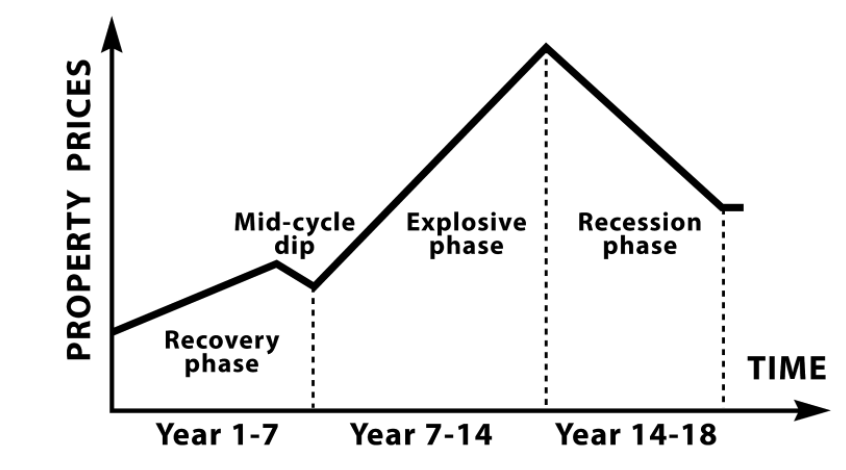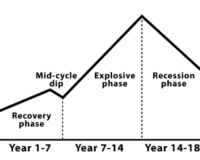Introduction
The real estate market is like a living organism, constantly evolving and moving through cycles of growth, stability, decline, and recovery. Understanding these market cycles is crucial for both investors and homeowners, as it allows for better decision-making, whether you’re buying, selling, or holding onto property. In this blog, we’ll take a deep dive into real estate market cycles and how to navigate them effectively.
The Four Stages of Real Estate Market Cycles
- Recovery The recovery phase is the starting point of a new cycle. During this period, economic conditions improve, leading to increased consumer confidence and job growth. These factors contribute to higher demand for real estate, and property prices begin to rise after a period of decline. Investors with a keen eye often find excellent opportunities during this phase, as prices are still relatively low.
- Expansion The expansion phase is marked by robust economic growth and increased investment in real estate. Demand for properties continues to rise, leading to higher property prices and rental income. New developments and construction projects are common during this stage. Investors who entered the market during the recovery phase may experience significant gains in property value.
- Hyper Supply As the market enters the hyper supply phase, the pace of new construction and development outpaces demand. This oversupply can lead to a slowdown in property price growth and increased competition among sellers. Rental vacancy rates may rise, impacting rental income. Investors should exercise caution during this phase, as it can be a challenging environment.
- Recession The recession phase is characterized by a market correction. Property prices begin to decline, and demand decreases due to economic challenges, such as rising unemployment or interest rates. Investors may face difficulties selling properties at desired prices during this stage. However, for those with a long-term perspective, it can be an opportunity to buy properties at discounted prices.
Tips for Navigating Real Estate Market Cycles
- Stay Informed: Continuously monitor economic indicators, such as job growth, interest rates, and consumer confidence, to anticipate shifts in the market.
- Diversify Your Portfolio: Diversification across different types of real estate and geographic areas can help spread risk and mitigate the impact of market fluctuations.
- Long-Term Perspective: Real estate is often a long-term investment. Don’t make impulsive decisions based on short-term market fluctuations.
- Cash Reserves: Maintain adequate cash reserves to cover expenses during economic downturns or periods of low rental income.
- Professional Guidance: Consult with real estate professionals, including agents, brokers, and financial advisors, to gain insights and guidance specific to your investment goals.
- Adaptability: Be prepared to adjust your strategy based on the current market phase. This might mean focusing on income-producing properties during a recession or seeking growth opportunities during an expansion.
- Local Market Knowledge: Real estate market cycles can vary by location. Understanding the dynamics of your local market is essential for making informed decisions.
Conclusion
Real estate market cycles are a natural part of the investment landscape. By understanding these cycles and adapting your strategy accordingly, you can make informed decisions that align with your financial goals. Whether you’re an investor looking for opportunities or a homeowner considering selling, being aware of the current phase of the market cycle is a valuable tool for success in the real estate market.






